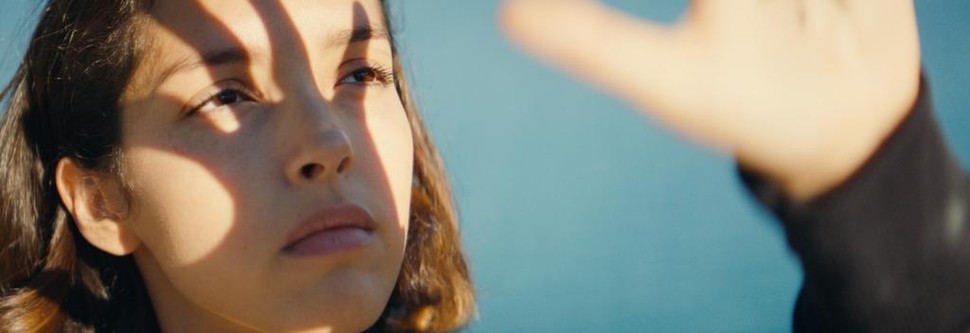
V-Lites combine anamorphic with the freedom to improvise
Director of photography Léo Lefèvre’s most recent assignment teamed him with writer-director Mounia Meddour and legendary first AC Didier Frateur. Produced by High Sea Productions, the project, titled Houria, called for a bold visual style that combined the 2x anamorphic format with subjective and intuitive camera movement. Hawk V‑Lite Anamorphic lenses, which deliver the squeeze aesthetic without the limitations that come with older, more cumbersome anamorphic lenses, made the combination possible. The lenses were provided by Vantage Brussels.

Houria is a given name in the Arabic language that refers to a heavenly mythical female. In the film, Meddour’s second feature, Houria is a young and talented dancer who is violently attacked by a terrorist. Her dreams of a dance career ruined, she must learn to love and accept her new body.
Meddour specializes in films that depict strong-willed women on the path to emancipation. Her first feature, Papicha, depicted women who refuse to bow down to fundamentalism. That film – also photographed by Lefèvre – won the 2020 Cesar Award for best feature debut and met acclaim at Un Certain Regard at Cannes in 2019, before representing Algeria in the Oscar competition for best international feature film.
For Houria, Meddour and Lefèvre envisioned an expanded version of the visual approach they used on Papicha.
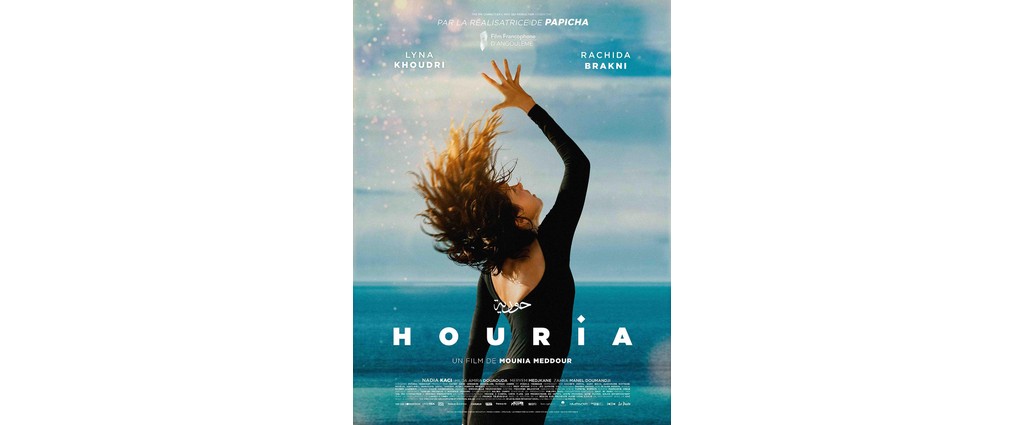
“The recipe had to be strong,” Lefèvre realized after reading the script. “We found our way back to what we liked on the previous project – high contrast and saturation – but here we had to think much more about movement, both of the actors and of the camera. The images had to be modern and kind of realistic, but organic and full of life. We needed the freedom to move around and play with light. At the same time, some treatments stray far from reality – scenes in the rain, and in the water. Mounia’s mood board included cooler colors, and a lot of blue. So that gave us a direction to push for during prep.”
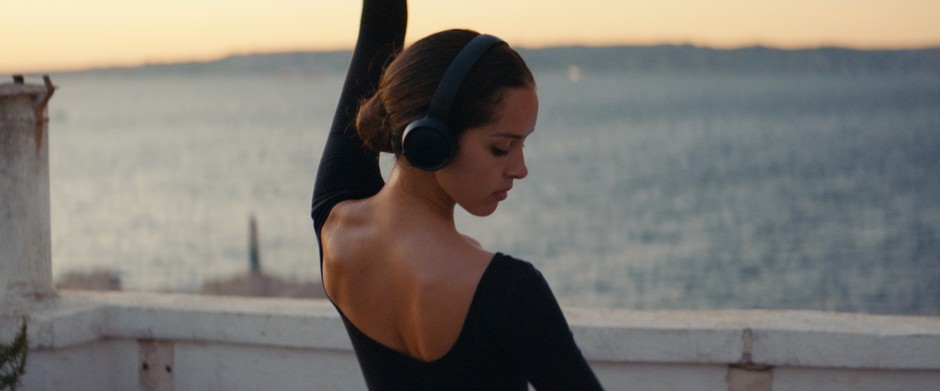
Preparations were complicated and often postponed by the pandemic, and after several changes of locations, the filmmakers had to shoot the majority of the film in Marseilles. An additional week of shooting in December 2021 was done in Algiers, where the story is set.
With all that in mind, Lefèvre envisioned the story in the anamorphic format.
“I like the very compact system of the V‑Lites, and I really like the way it’s very sharp where it has to be and soft on the edge of the frame,” says Lefèvre. “We weren’t able to test extensively due to the shifting schedules and availability, but Mounia trusted me. We knew we would have all the freedom we had on our previous movie – but we ended up with something very different nevertheless.
“We both felt that she could push a little further,” he says. “The anamorphic opened the frame and the movie up. We often used longer focal lengths – the 80 mm we used a lot. We could feel the decor and include multiple characters in the same frame. We achieved a cinematographic feeling and an organic blur that you don’t get with spherical, even vintage spherical lenses.”
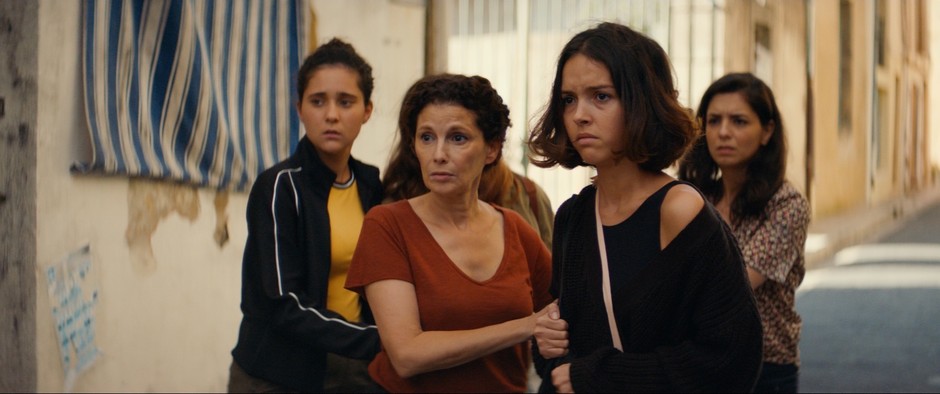
Frateur says that the lenses gave the director the freedom to shoot the film the way she wanted.
“Mounia was not restricted in any way,” says Frateur. “There was a lot of improvisation on the set, and it was never limited by our methods or tools. Almost everything was handheld. We would set up the scene and the camera in the way that felt right, and we would shoot – usually wide open. The camera could move freely during takes, which could be prolonged. I do like the look of the V‑Lites, and how they show the actors. But technically speaking, these lenses really enable you to work in an organic way. Whatever you see, you can react to without having to think of measurements. Focusing can be like playing an instrument.”
 Director of Photography Léo Lefèvre and crew on set
Director of Photography Léo Lefèvre and crew on set
Picking up on the musical metaphor, Lefèvre says, “Especially on a film with many dancing scenes, it’s like an orchestra. Everyone is acting in concert – the actors, the camera movement, Didier on focus, the gaffer adjusting lights on a dimmer board. And in that situation, it’s important to be playing with an instrument that is very sensitive.”
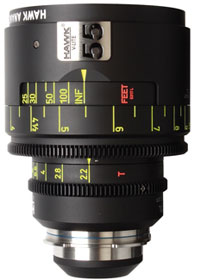
A set of V‑Lites comes with nine focal lengths, and Lefèvre and Frateur made good use of the 55mm Macro in car interiors. That lens has a close-focus distance of 0.35m, or just over a foot and just 0.05m/2” from the front element.
“You want the audience to feel as if they are in the car,” he says. “You want to be very close, and to hear the loud music. I was in the middle, with the four actors around me and Didier in the trunk. With the 55 Macro, we could easily get closeups and still push the focus to the seaside near the road. We could move 360 degrees and see everything, like a passenger. And even though we were shooting anamorphic, we could forget about all the technical things. I really like that freedom.”
For Frateur, a veteran of three decades in filmmaking, sensitivity is paramount. “For me, it’s very important that I get an understanding of how Léo is seeing with the camera,” he says, “how he’s framing, what is important for him, what’s not important for him, how he moves and how he advances between takes or within a take. And you have to understand how the image is made for this movie. Then it becomes nice, because you can think together and work together. You get in the same direction. You can communicate with hints or a frank look.”
Lefèvre agrees. “It was the perfect combination of script, actors, the people around the camera, the lenses and the way we shot the movie. I’m excited for audiences to see the film.”
Watch the trailer here.
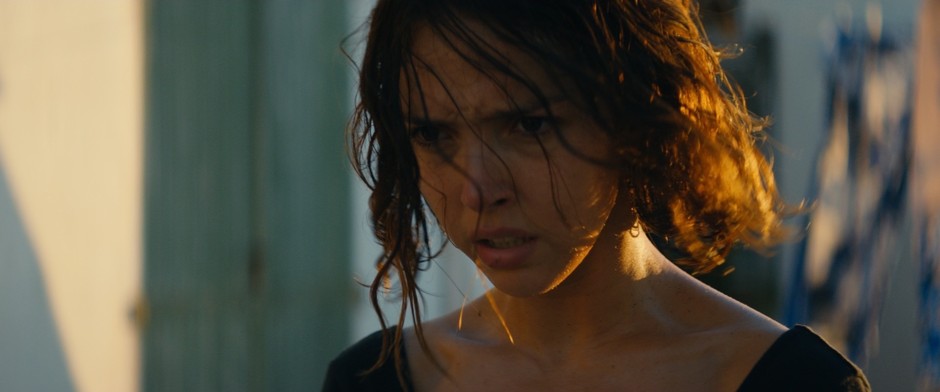
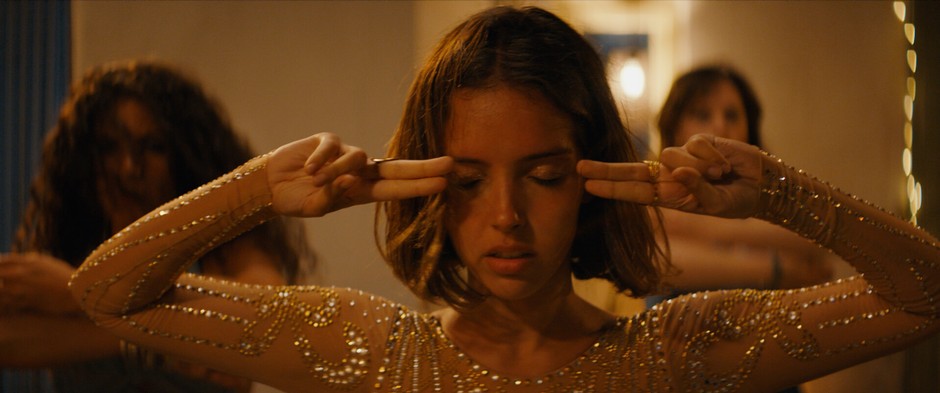
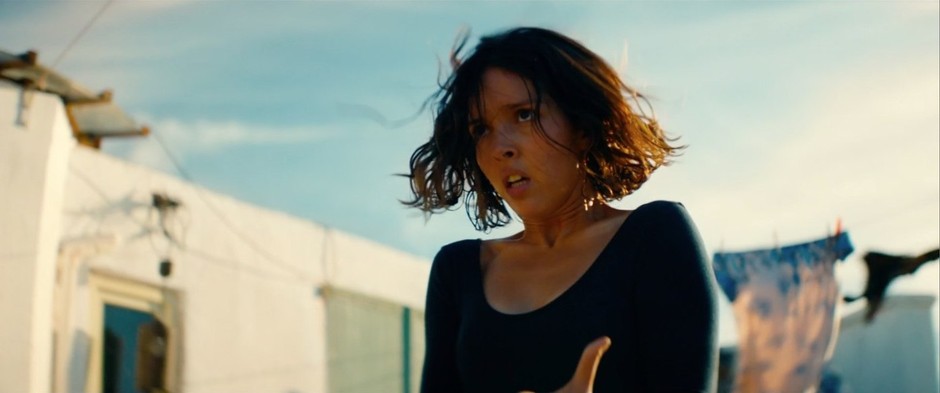
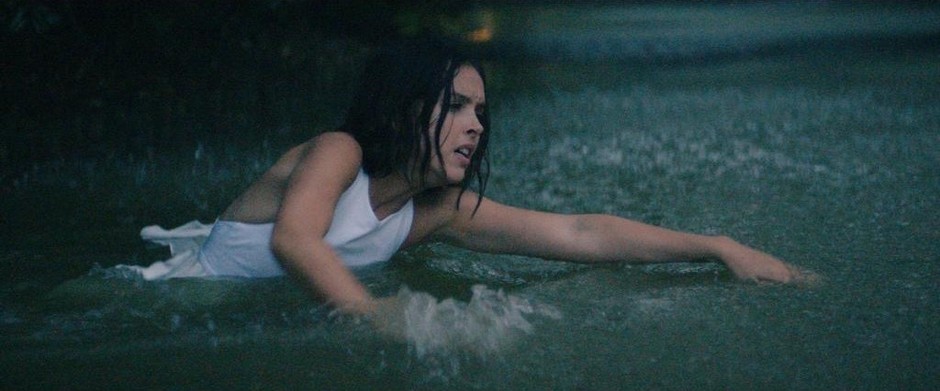
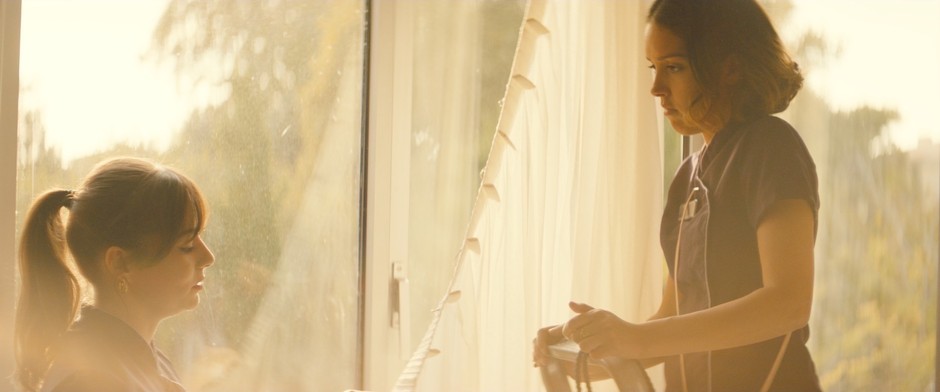
 DoP Léo Lefèvre and Director Mounia Meddour
DoP Léo Lefèvre and Director Mounia Meddour

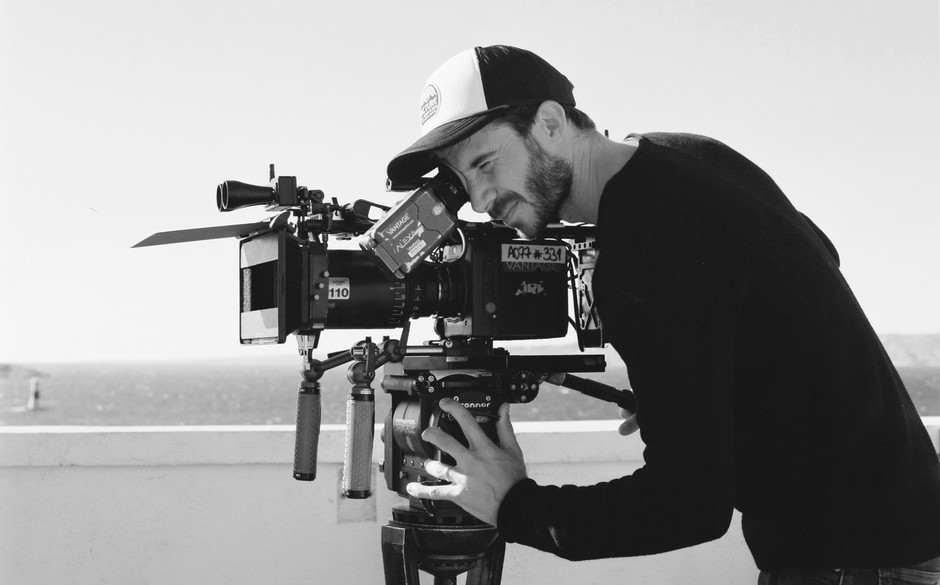 DoP Léo Lefèvre
DoP Léo Lefèvre

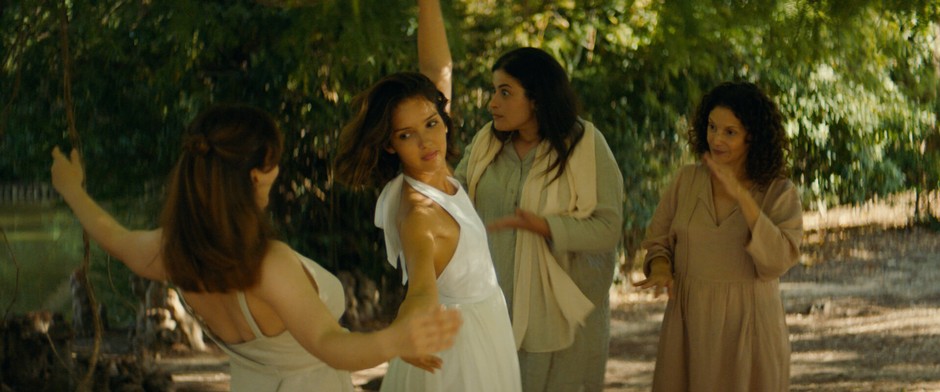
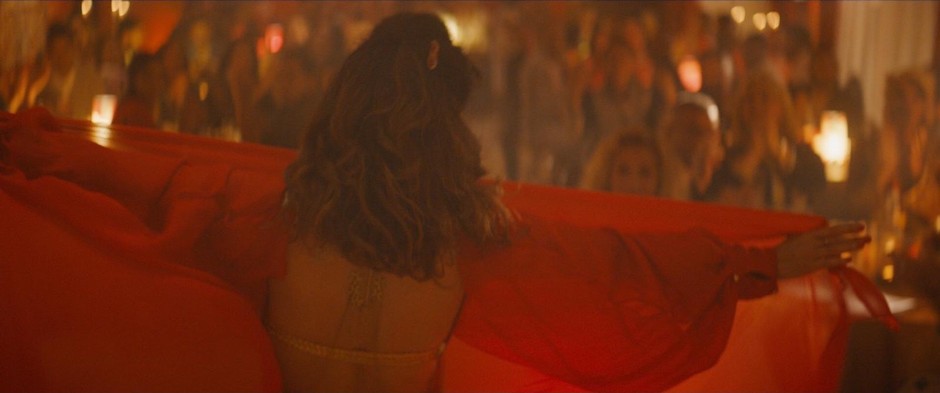
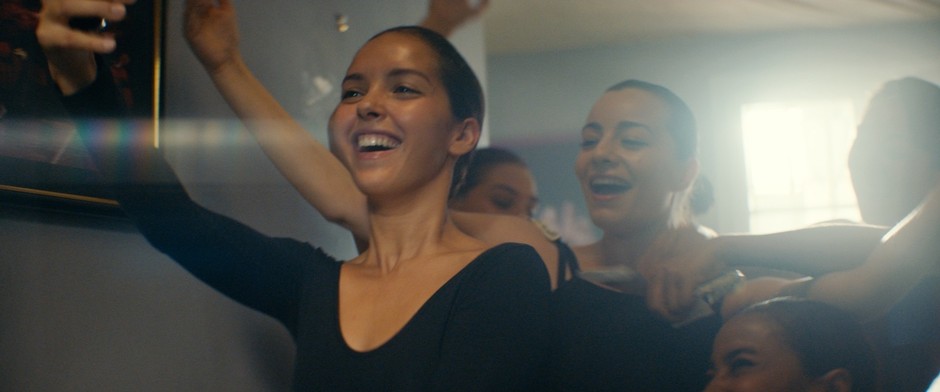
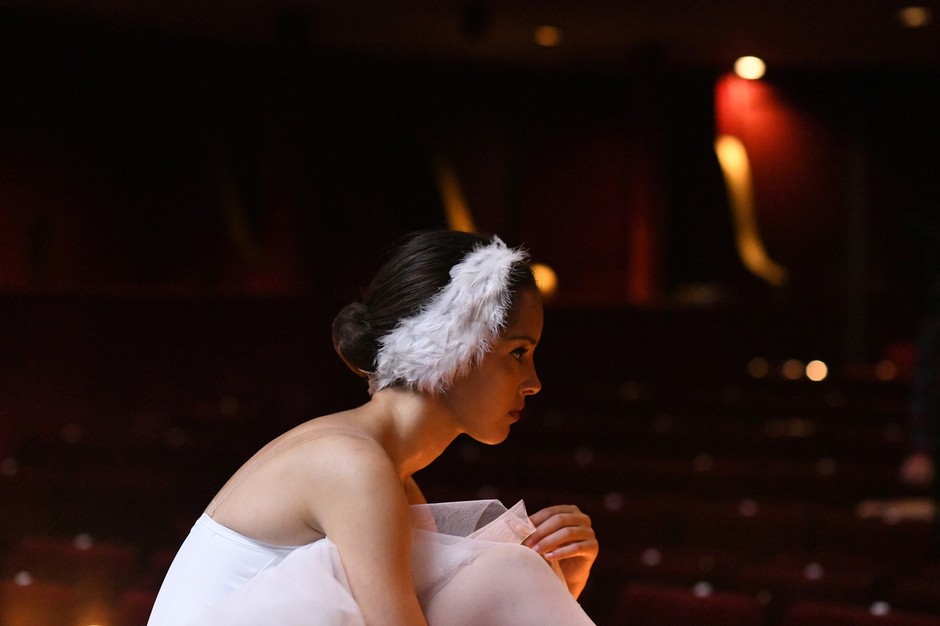
Images: High Sea Productions, Etienne Rougery-Herbaut